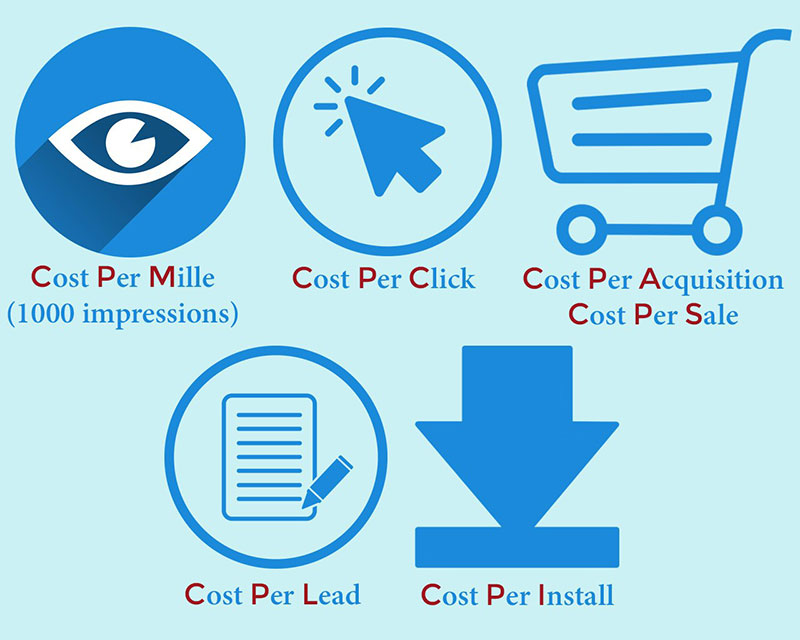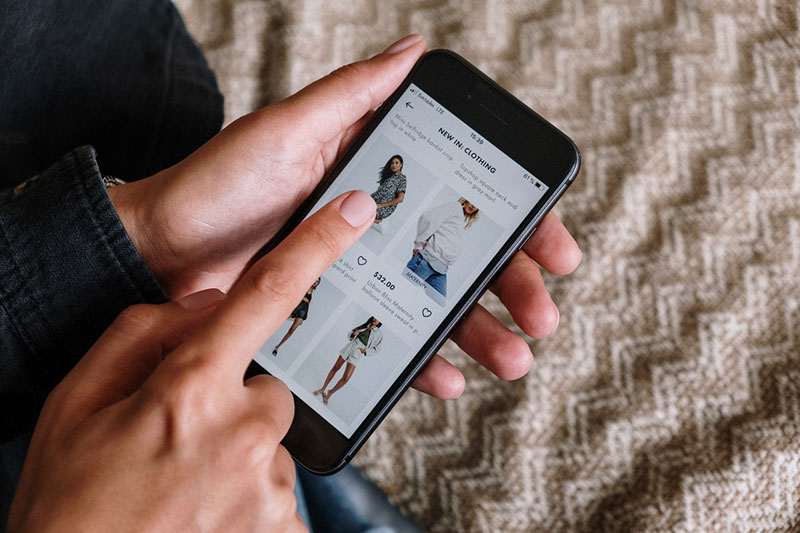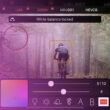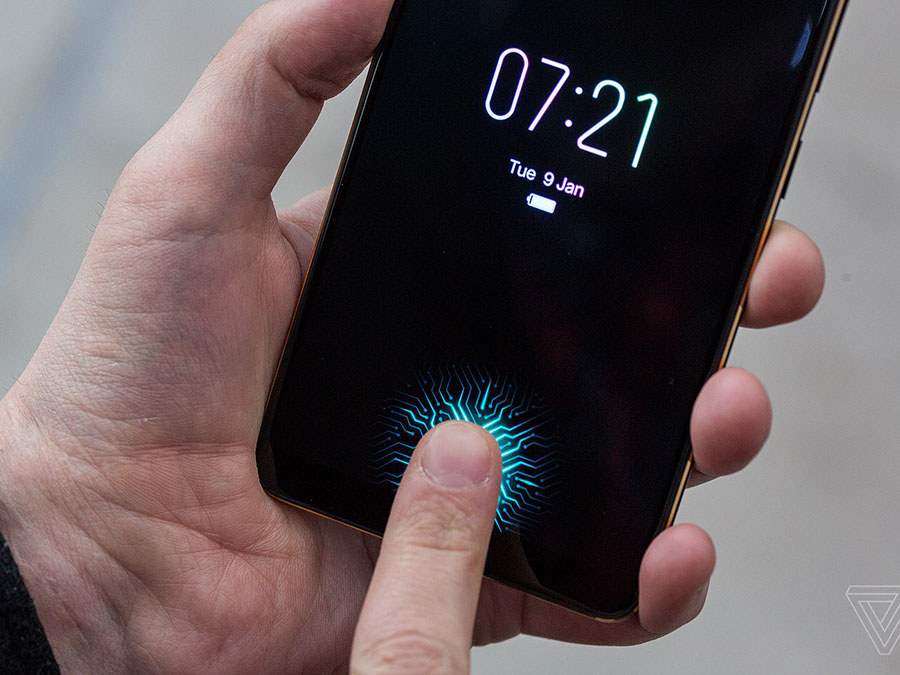You’re here for an answer to the big question: What is AdTech?
The advertising industry is built on technology. Advertising campaigns integrate marketing technology every step of the way.
It plays a key role from design to deployment.
More customers are going online every day. Advertising technology, or AdTech, is more important than ever before.
The concept of advertising technology has been in use for a while. But in recent years its importance has grown.
Savvy ad agencies are quickly realizing they must include AdTech or die.
In this information age, businesses must have partnerships with AdTech companies. Digital advertising efforts make them far more attractive to their target audiences.
To fill that demand, ad agencies have learned how to utilize customer data. They make their resources count, getting the most bang for their buck.
More and more companies are seeing the value and investing in AdTech.
But what is AdTech? How can it work for your business?
This article will make you an expert on advertising technology.
What is AdTech?
To use AdTech effectively, one must thoroughly understand it.
Advertising Technology refers to software, programs, or tools used in digital advertising efforts. AdTech software targets, delivers, or analyzes data to make digital marketing successful.
AdTech includes the entire ad campaign process. Even selecting the topic of an ad and its target audience is part of AdTech.
AdTech solutions help to maximize the results of ad campaigns. They do this through data.
Knowledge is power. AdTech gives businesses the knowledge they need to see the big picture related to an ad campaign.
This bird’s-eye view is possible because AdTechnology makes daily tasks more efficient. It optimizes targeting audiences, delivering campaigns, and studying feedback.
There are no active processes that AdTech cannot boost. Whatever ad space is being used, AdTech will enhance it.
You may have heard about two common methods used by the AdTech industry. These are programmatic advertising and omnichannel marketing.
There are other online advertising tools, but these are the most critical to know. To better understand AdTech solutions, one needs to understand these two terms.
- Programmatic advertising specifically reaches target audiences. This is unlike traditional methods of advertising, like billboards or TV commercials.
Programmatic media buying ensures that money isn’t wasted. It only advertises to customers who don’t fit the target demographic.
- Omnichannel marketing uses all forms of technology to reach customers. This marketing strategy includes mobile, video, desktop, and more.
It analyzes how customers have interacted with the brand. No matter their methods, digital advertising will reach them.
The company and AdTech campaign must be in sync. If the company’s objectives don’t match the methods, it will not succeed.
The algorithms used to manage advertising campaigns are flexible. They are customizable and change to meet the needs of each individual campaign.
This means data collection starts working faster and even lead distribution is possible. Then the business can benefit.
The AdTech Ecosystem
AdTech Ecosystem (or AdTech Landscape) is a piece of terminology even broader than AdTech. It includes all AdTech solutions, industry players, and the connections between them.
Its strength lies in finding the right data. With enough data, it can personalize ads to suit each customer.
The more data available the more effective and engaging marketing strategies become. Having found the most efficient advertising content, the AdTech ecosystem allows it to be tested and scaled effortlessly.
The AdTech landscape makes a loop of advertising supply and revenue-generating demands. It builds this loop on finding and examining user data activity.
Here are the critical components to a good AdTech landscape:
Ad Server
The ad server’s role is to deliver ads to publishers’ websites. Its vital role is evident by how much of the AdTech industry uses it.
Publishers, advertisers, ad networks, and even ad agencies all rely on ad servers. It is a key part of their content delivery network.
Demand Side Platforms (DSP)
These help users to purchase inventory from ad exchanges and supply-side platforms (SSP). They use a custom-designed user interface for the task.
DSPs are critical for any real-time bidding (RTB). During RTB the DSP acts as a receiver for browser ad requests.
Supply Side Platforms (SSP)
Publishers often sell ad space directly, but there is often leftover space. This leftover space is often called remnant inventory.
SSPs automatically sell these remnants to DSPs in the programmatic ecosystem.
Agency Trading Desk (ATD)
ATDs are a collection of tools from media agencies. Their purpose is to improve planning, buying, and managing advertisements.
It’s best to think of them as a simplified DSP. They handle some of the same responsibilities.
Agency Trading Desks are a good option for anyone who can’t yet invest in a DSP or in-house team.
Ad Exchange
During real-time bidding, the ad exchange acts as the link between buyer and seller. Large AdTech providers use them to match a demand-side platform to a supply-side platform.
Advertisers and publishers can’t expect to have direct access to an ad exchange. Still, their ad inventory will usually pass through ad exchanges.
Data Management Platform (DMP)

In the digital advertising industry, these platforms are warehouses. They store third-party data on users.
Not only that, but they can cross-reference it with databases in SSPs and DSPs. This results in a high-quality user profile.
These profiles then inform targeted ad campaigns.
Customer Data Platform (CDP)
CDPs are similar to DMP, but they are not limited to only third-party data. They also collect first-party data, which is data provided by consent from the user.
This information is also called PII (Personally Identifiable Information). Using PII, the CDP creates individual customer biographies.
Information includes known name, company, email, etc.
Inventory and Ad Quality Scanning Tools
These tools ensure that data security is maintained. They also help to address any unwanted themes before they hit a marketing campaign.
This safeguards the reputation of the companies involved.
Why Is User Data Important For AdTech?
AdTech can only be successful if there is enough relevant data.
Digital advertising can be expensive. So you’ll want to make sure any investment made returns the desired results.
To make sure of that, it’s necessary to first have the data to make ad targeting count. This is a demanding process that requires logistic and technical skills.
That’s where AdTech companies come in. They can leverage their powerful collection of data for your ad placements.
They’ll focus advertising messages to reach only the users who are most interested.
A great supplier is aware of its audience. They are well versed in their customer’s behaviors and interests.
Third-party data vendors enable advertisers to purchase ever more accurate advertisements. The right ad makes it to the right audience.
To do this, SSPs gather and analyze data from your digital channel visitors. The number one source of data in the entire AdTech economy is the customer.
The consumers themselves don’t need to do anything special. They go about their business on a site.
Behind the scenes, algorithms collect, save, and examine the customer’s behavior while there. Collection of data occurs in two ways:
- First-party – You collect the data yourself
- Third-party – You buy the data from someone else or a data marketplace.
Real data taken from real people allows the best possible product delivery.
It also facilitates exact ad targeting. The ad is therefore shown to those who definitely want to see it.
This ensures the best possible ad revenue results.
Does AdTech Cost Money or Make Money?
The 21st century is an ever growing digital age. The consumer is spending more and more time online and using digital media.
AdTech is the best way to monetize that increased traffic. It increases user engagement with an ad on all platforms.
The AdTech solution can transform a business’s current customers into more profit. It also puts them ahead of competitors who refuse to adapt to new technologies.
Advertising technology is money-generating by nature. It has a proven method of monetizing.
Every party involved can take a cut and come away with a profit. Still, nothing is foolproof.
AdTech isn’t something that one can jump into without preparation. It is costly to begin and requires extensive technical skills.
There is a huge amount of data and computing involved. The reason for AdTech’s success is the clear distribution of responsibilities.
This balance between players was one of the key innovations brought about by AdTech. There are three major players:
- Advertisers – Owners of the advertisements themselves. DSPs are the middle man between advertisers and the Ad Exchange.
- Publishers – Owners of the space for the advertisements (ad inventory). SSPs are the middle man between the publishers and the Ad Exchange.
- Ad Exchanges – The mediator between advertisers and publishers. The Ad Exchange uses both DSPs and SSPs to communicate with all parties involved.
Their goal is to connect advertisers and publishers.
Business models and monetization types vary in each situation. Regardless, all three parties share fees. The system is mutually beneficial for everyone involved.
Some of the most used monetization models include:

- Cost Per Impression (CPI) – Advertisers only pay when customers click on an ad.
- Cost Per Action (CPA) – The basis of this advertising cost is user actions. Two examples are:
- Cost Per Sale (CPS) – Payment is given for each sale.
- Cost Per Click (CPC) – This is a risk-sharing method. Typically it’s used for context-based content.
- Cost Per Lead (CPL) – Ad content is brought into contact with users. Payment occurs for each lead made.
Reasons Why AdTech Matters to Digital Advertising
AdTech’s value is critical for all parties involved. Ad agencies or businesses looking for an advertiser must understand why it matters.
Only then can it be properly explained to potential clients and decision-makers. Here are six major reasons why AdTech is necessary:
Measures Performance
When a marketer is almost ready to launch their campaign, they must first check and test it.
To make an informed conclusion about their campaign, they need the right data. Numbers like impressions, conversions, click-through rates, and more are key.
No piece of data is useful unless it’s been carefully analyzed and attributed. Only then will it contribute to the campaign’s success.
Demand-side platforms report this information in real-time. All the data is available in the same interface for analysis at any time.
Targeted Advertising

AdTech allows something that was once only a dream for advertisers in the past.
Advertisers can deliver ads directly to the target audience. Not only that but the ad placement can have perfect timing and context.
Marketers save resources and effort. Publishers can monetize their assets.
In turn, consumers receive the promotions that make the most sense for them.
User Tracking Between Devices
90 percent of users start a task on one device and then finish it on another. It’s difficult for advertisers to keep track of these users.
This is especially so if it is a shared device. AdTech platforms solve this problem with user data.
It allows a business to understand its target audience. It can even tell the individual users apart.
With this understanding, advertising and marketing campaigns succeed. No matter what device the user may be using.
Optimizes Bids For Maximum ROI
No matter where you buy ad space it’s critical to monitor the situation. It’s important to know how the campaign is performing to know what the return on investment is.
An ongoing campaign that is not monitored may cut into the campaign’s return. As a result, the company’s bottom line will suffer.
Using advertising technology can automate this process. Businesses can use AdTechnology to improve their bids.
This type of technology gets rid of time-consuming work. It also increases the return on investment (ROI) and will generate revenue.
This added ROI can free up company resources for digital marketing, video advertising efforts, and more.
Omnichannel Marketing

This is a new kind of marketing strategy. It uses many different channels to encourage interaction between brands and potential customers.
This variety of marketing is seamless. It creates a unified experience for users across all channels.
Their advertising experience will match offline and online. Stores, websites, and social media platforms are all used.
Omnichannel campaigns use many different kinds of devices to advertise to the user.
As an example, a promo code from a TV ad can be downloaded from a mobile app. This method creates a strong brand image no matter how the customer interacts with it.
FAQs about what AdTech is
What is AdTech, and how does it work?
AdTech is the collective term for a number of technologically based tools and platforms that are used by advertisers and marketers to organize, carry out, and oversee digital advertising campaigns.
Ad servers, demand-side platforms (DSPs), supply-side platforms (SSPs), and data management platforms are examples of AdTech platforms (DMPs).
These platforms allow advertisers to track the effectiveness of their campaigns, target niche populations with their ads, and make the most of their advertising budgets.
What are the different types of AdTech platforms?
Ad servers, demand-side platforms (DSPs), supply-side platforms (SSPs), and data management platforms are a few different categories of AdTech platforms (DMPs).
DSPs and SSPs manage the purchasing and selling of ad inventory, while ad servers store and deliver advertising to websites and mobile apps.
DMPs gather, examine, and retain information on customer behavior and preferences that can be used to enhance personalization and targeting.
How has AdTech changed the advertising industry?
AdTech has changed the advertising industry by enabling advertisers to target specific populations with greater precision and track the performance of their campaigns in real-time.
AdTech has also simplified web advertising for small and medium-sized enterprises by offering self-serve platforms that are reasonably priced and simple to use.
What is the role of data in AdTech?
AdTech relies heavily on data since it allows advertisers to target particular audiences based on characteristics like demographics, interests, and online behavior.
Many sources, including cookies, pixels, and user registrations, are used to collect data. Following analysis, this data is used to boost the efficiency of marketing campaigns.
How does AdTech help marketers target their audience more effectively?
Using data to pinpoint specific customer groups who are more likely to be interested in their goods or services, AdTech helps marketers to target their audience more precisely.
Based on variables like age, gender, location, interests, and online behavior, AdTech platforms also enable advertisers to build highly targeted ads that are more likely to connect with their audience.
What are some common challenges that advertisers face when using AdTech?
The complexity of the ecosystem, which can make it challenging to manage and optimize campaigns, is one of the key challenges that marketers encounter when adopting AdTech.
The growing significance of data privacy laws, which place restrictions on the kinds of data that can be gathered and utilized for advertising, presents another difficulty.
Advertising fraud and brand safety are also top priorities for advertisers because they can squander advertising dollars and harm a company’s reputation.
How is AdTech evolving to adapt to changes in consumer behavior and privacy concerns?
By adding new technologies like artificial intelligence and machine learning to increase targeting and personalization while lowering the need on third-party data, AdTech is developing to respond to changes in consumer behavior and privacy concerns.
In order to assure compliance with laws and foster customer trust, AdTech companies are also investing in data protection and transparency safeguards.
How do AdTech companies make money?
AdTech businesses generate revenue by charging clients for services like displaying advertising, running campaigns, or performing data analysis.
Several AdTech businesses also make money by facilitating the exchange of advertising inventory between publishers and advertisers through ad exchanges.
How does programmatic advertising fit into the AdTech landscape?
Digital advertising inventory is bought and sold in real-time using programmatic advertising, a subset of AdTech.
To optimize ad campaigns and boost efficiency, programmatic advertising frequently works with demand-side platforms (DSPs) and supply-side platforms (SSPs).
What are some examples of successful AdTech campaigns?
Coca-“Share Cola’s a Coke” campaign, which employed personalized labeling and targeted social media ads to raise brand recognition and engagement, is an example of an effective AdTech campaign.
Nike’s “Write the Future” campaign, which featured interactive video advertising to engage viewers and spread enthusiasm about the 2010 World Cup, was another effective effort.
Data analysis was employed by the Obama for America campaign in 2012 to locate and target swing voters in crucial battleground states, which ultimately assisted in the President’s reelection.
These campaigns show off the ability of AdTech to produce individualized, interesting, and successful advertising experiences.
Ending thoughts on what is Adtech?
Advertising technology is expanding at a breakneck pace. There’s no evidence it will slow down.
It has changed ad campaign targeting forever. As it continues growing, ad agencies must take advantage of these new opportunities.
AdTech’s success is due to the array of tools that work together to make a single, powerful framework. It uses automation and cooperating processes to increase the effectiveness of audience targeting.
More than ever before, it’s possible to accurately deliver ads.
Adtech isn’t magical. It all comes down to knowledge and the skill to use it, which you now have from this guide.
If you enjoyed reading this article on what is AdTech, you should check out this one about proof of concept vs prototype.
We also wrote about a few related subjects like how to hire a web development team, software development budget, financial software development companies, software development outsourcing trends, business pivot examples, and lean software development principles.
- What Are Third-Party Cookies and How They Work - April 20, 2024
- How Do Websites Detect Adblock? It’s Quite Simple, Actually - April 14, 2024
- Financial Software Development Companies You Should Know - April 11, 2024









